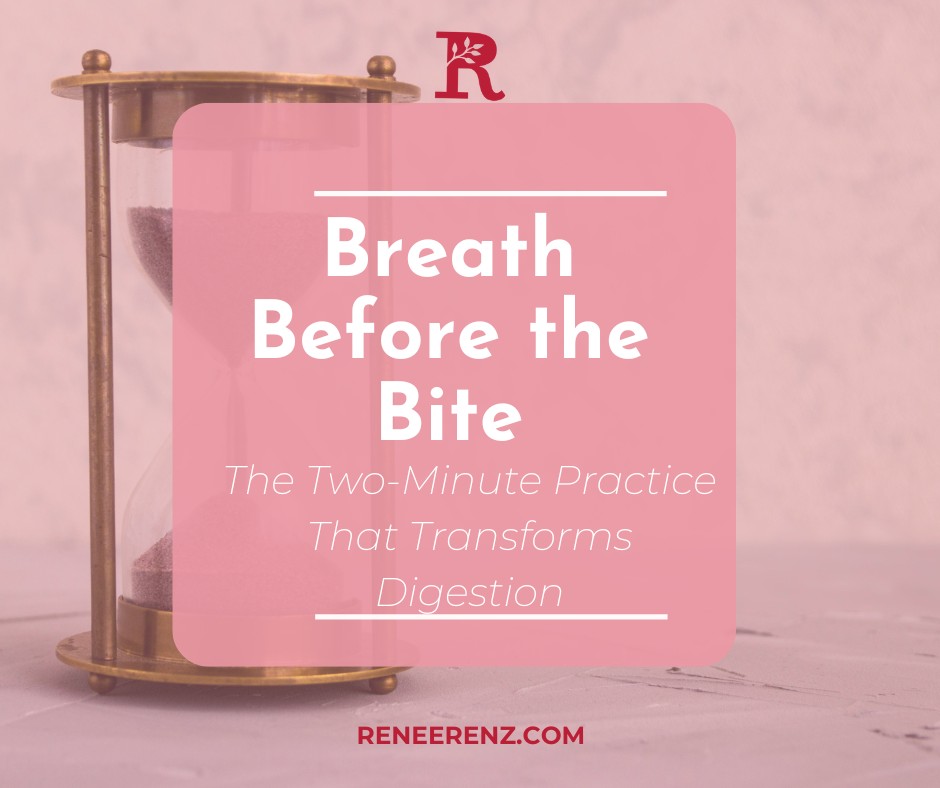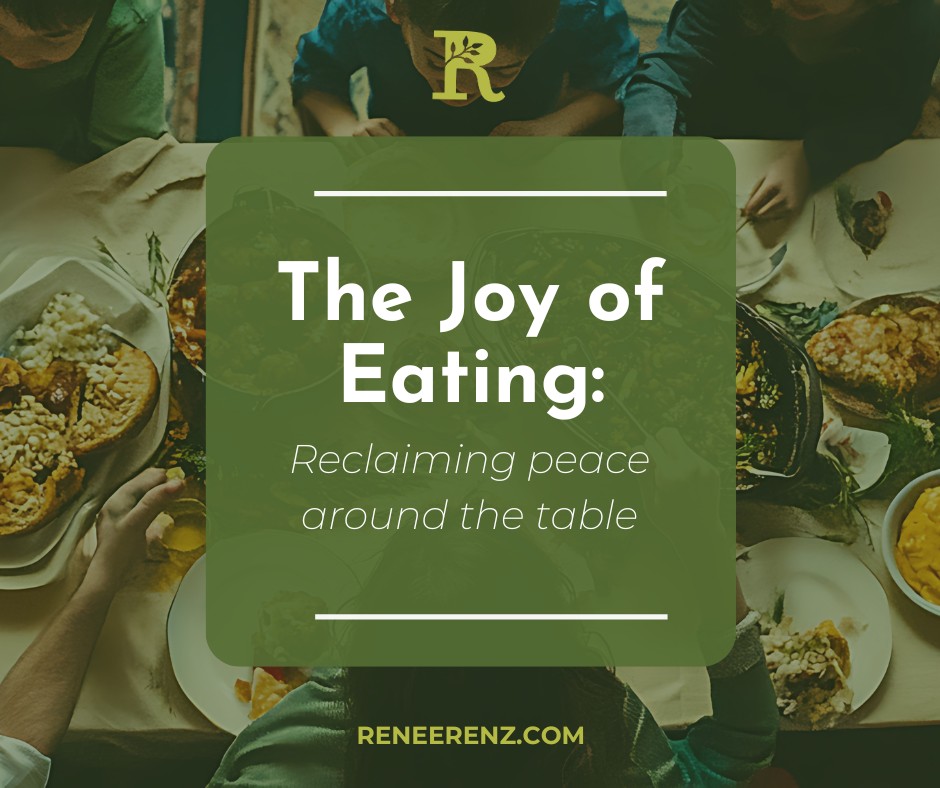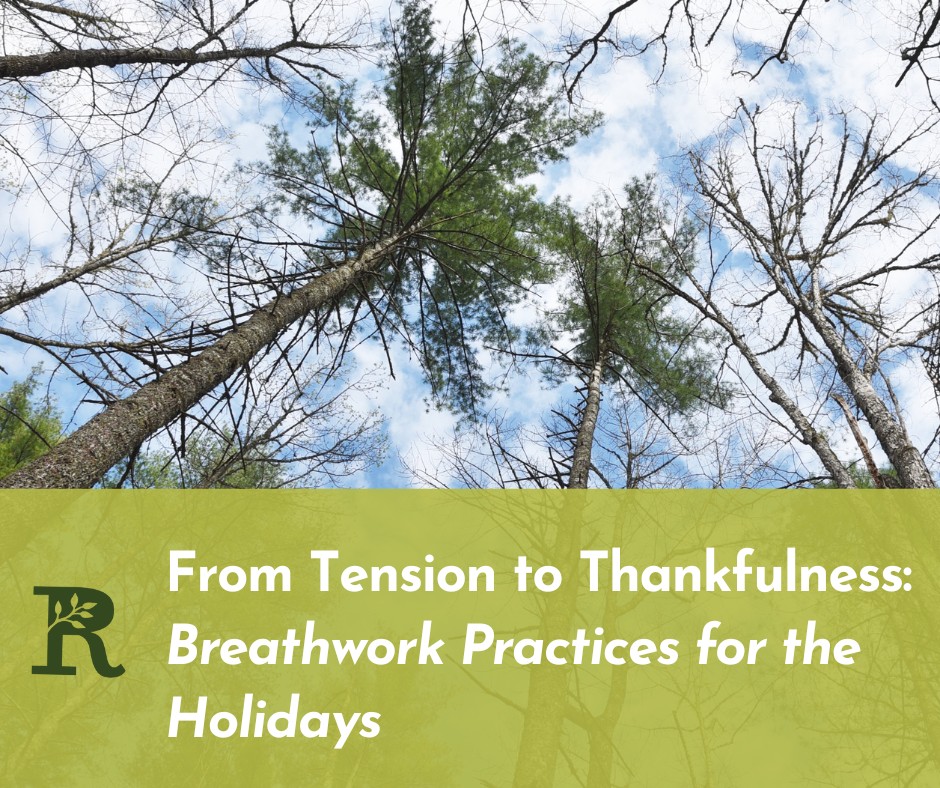
Discover the transformative power of mindful breathing before your meals, just in time for the holiday hustle. In this insightful post, you'll learn a simple, scientifically-backed practice that can shift your body into "rest-and-digest" mode with just two minutes of intentional breathing. By activating the vagus nerve, this gentle ritual enhances digestive enzyme flow, eases abdominal tension, and lowers stress hormones. Imagine reducing bloating, heartburn, and overeating while simultaneously creating a moment of shared ease with your loved ones. Explore the 3-Breath Pause, a quick and accessible technique that promises to transform not only how you eat but how you experience every meal. Ready to breathe in peace and savor every bite? Read on to make this practice part of your daily rhythm.
Read more...
Embrace the holiday season with nourishing alternatives that let you indulge in festive flavors without the post-feast regrets. Discover the art of simple ingredient swaps that enhance digestion while maintaining the soul-infusing essence of your favorite dishes. From creamy dreams with cashew milk to the natural sweetness of honey, these gut-friendly options promise to support your wellness journey. Delight in a buoyant festive menu featuring comforting bone broth, ghee-basted roast turkey, and spiced apple desserts. Plus, sip on a soothing digestive tonic to invigorate your belly after joyous meals. Awaken your senses with essential oils that transform your kitchen rituals into aromatic experiences. Ready for a season of health and happiness? [Download the Holiday Guide](https://reneerenz.com/landing/eat-with-joy) to dive deeper.
Read more...
Explore the art of mindful eating this holiday season by embracing presence over perfection. Imagine arriving at the table not just to eat, but to truly savor each bite, as mindful eating invites you to engage all your senses — noting textures, flavors, and even emotions without judgment. Learn how this practice not only enhances your digestion and satisfaction, reducing bloating and overeating, but also leaves you feeling content and nourished. Try simple, grounding rituals and the step-by-step One-Bite Meditation to bring a sense of joy and calm to your holiday meals. Discover how these small, intentional actions can transform your dining experience into a moment of sacred nourishment for both body and spirit. Ready to find balance and joy at the table this season? Dive deeper to uncover the transformational power of mindful eating.
Read more...
Dive into a transformative journey where holiday eating transcends indulgence and restraint, and becomes a celebration of joy and mindful nourishment. Discover how to reclaim peace at the table, harmonizing your gut and spirit through simple practices that prioritize gratitude and presence. Learn why joy enhances digestion, and how incorporating small rituals can shift your eating experience from automatic to sacred. Uncover how to redefine your relationship with food, exchanging guilt for grace, and nurturing your whole being. This post invites you to explore the emotional and digestive harmony achievable when we eat with intention and gratitude. Ready to embark on your Journey of You?
Read more...
As the holidays swirl with festive feasts and frantic schedules, imagine turning your plate into a powerful tool for reclaiming inner calm amidst the chaos—small steps that nourish your body and soothe your soul. Stress may hijack your digestion, leaving you feeling bloated and overwhelmed, but simple food choices can reharmonize your gut-brain connection and ease those holiday hurdles. Discover how magnesium-rich greens and comforting teas act as nature's gentle allies, plus a nourishing recipe that warms from the inside out. With mindful eating tricks that transform autopilot habits into intentional joy, you'll learn to navigate the season's demands without sacrificing your well-being. Dive deeper into these secrets and start building your own path to resilient calm today.
Read more...












